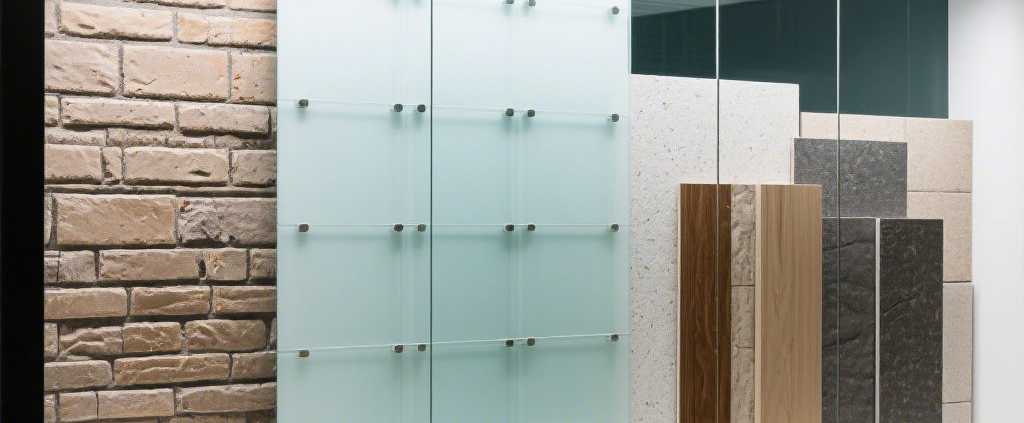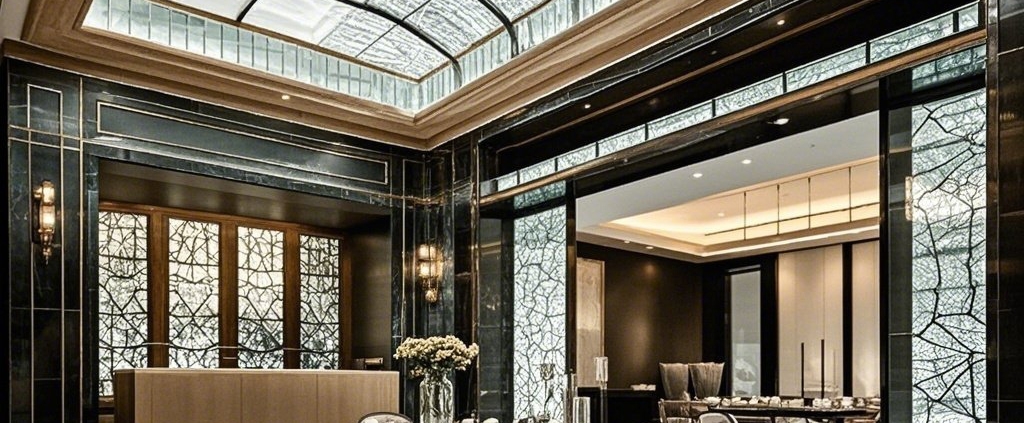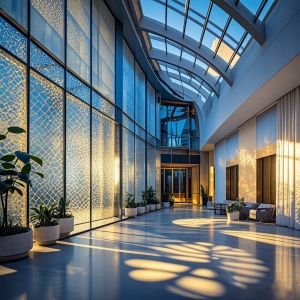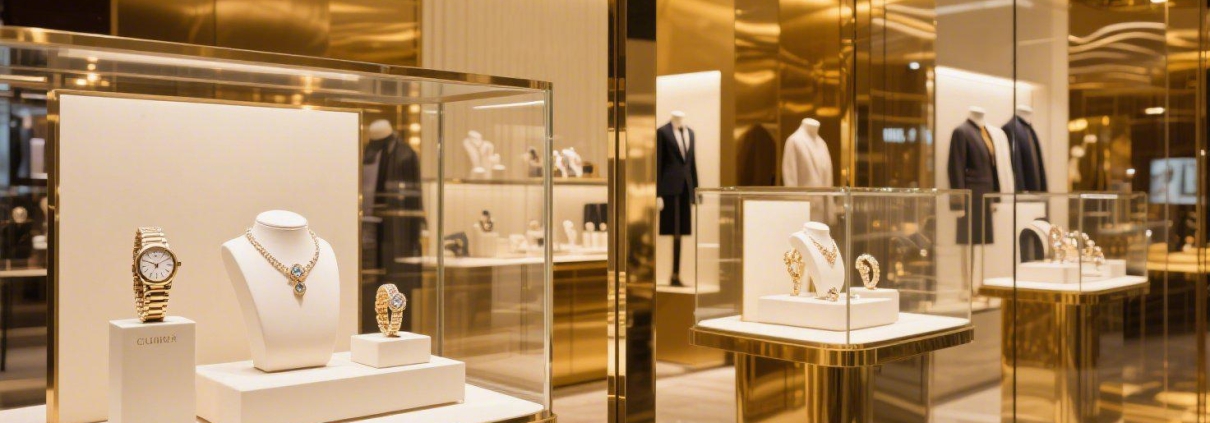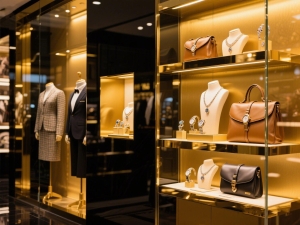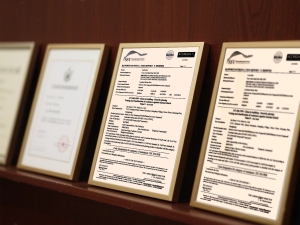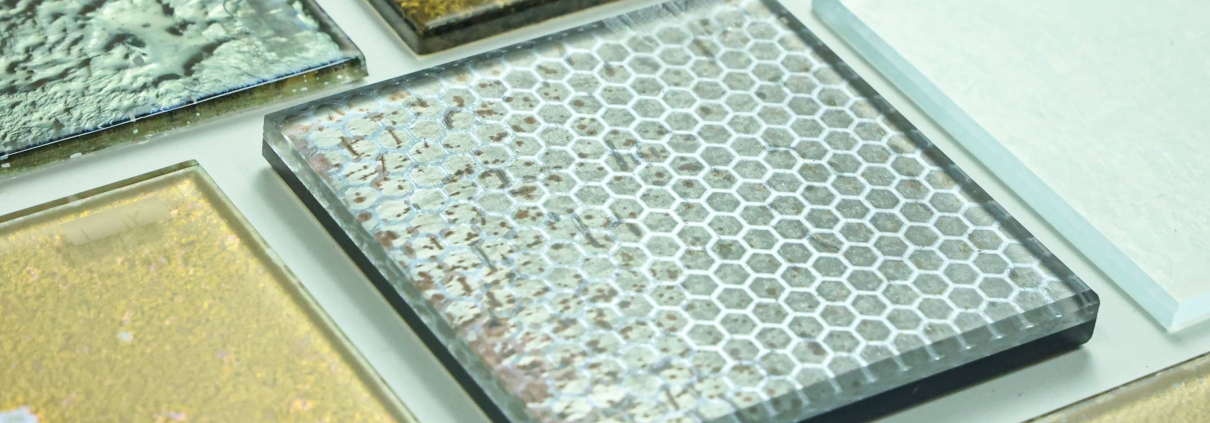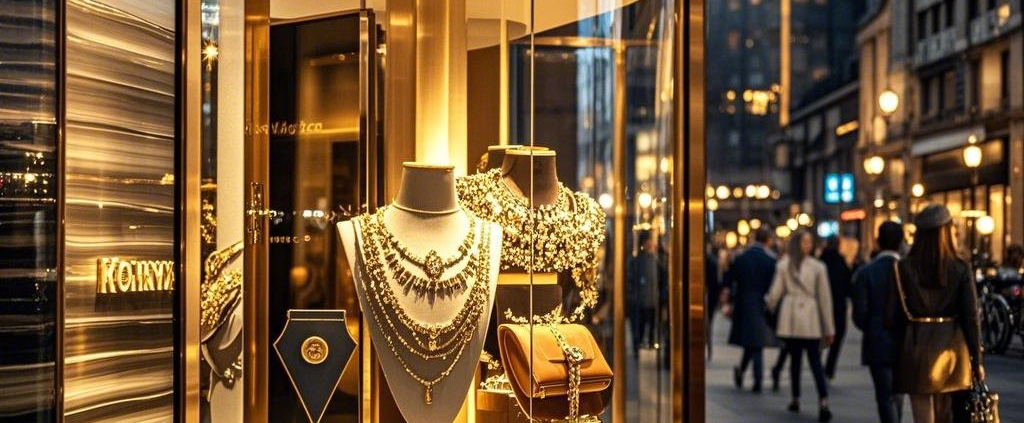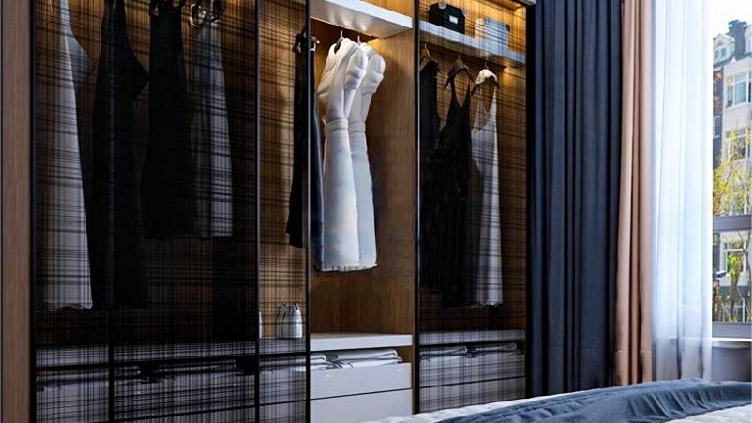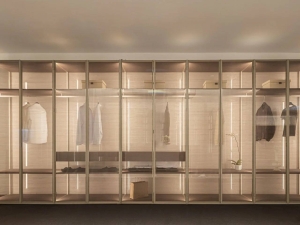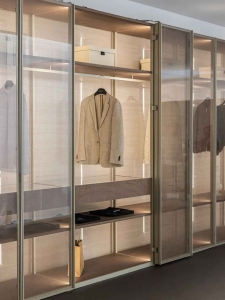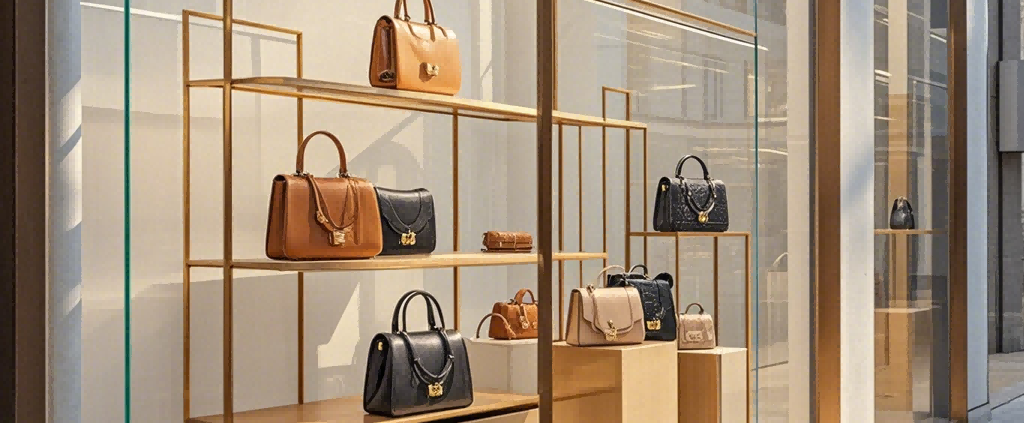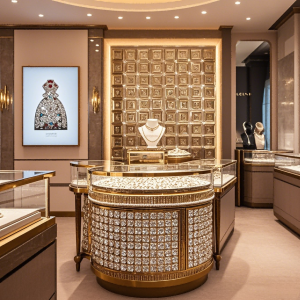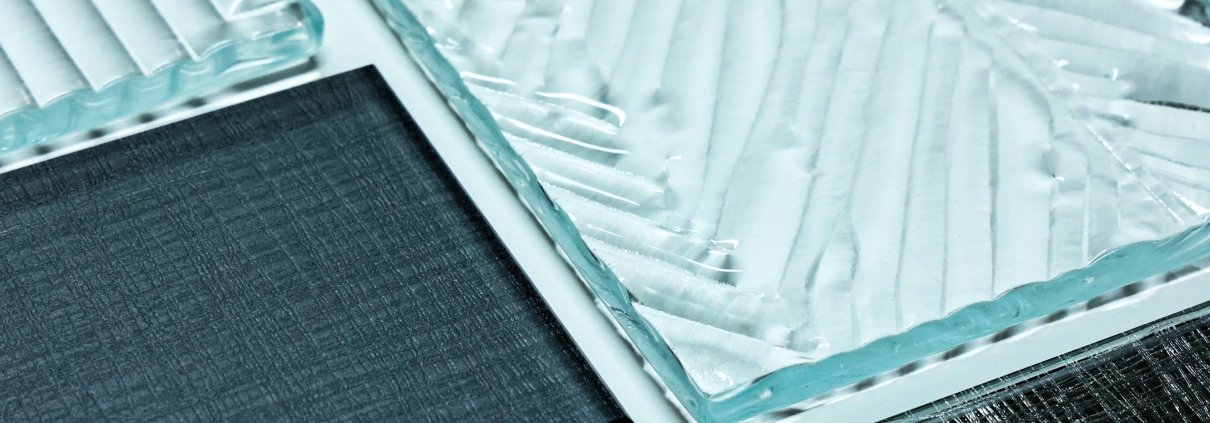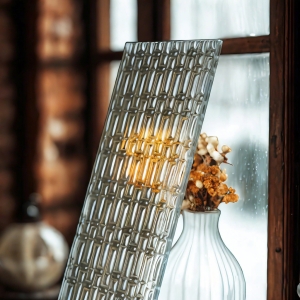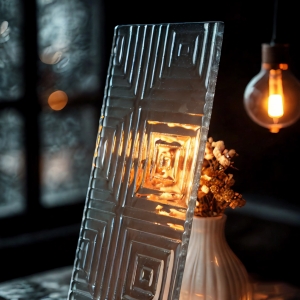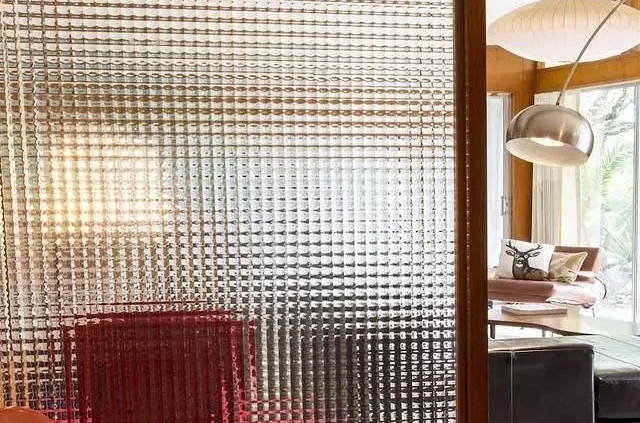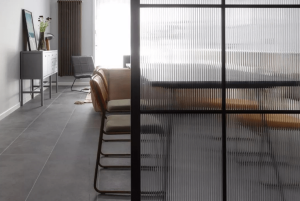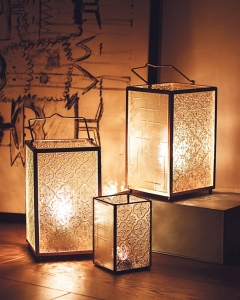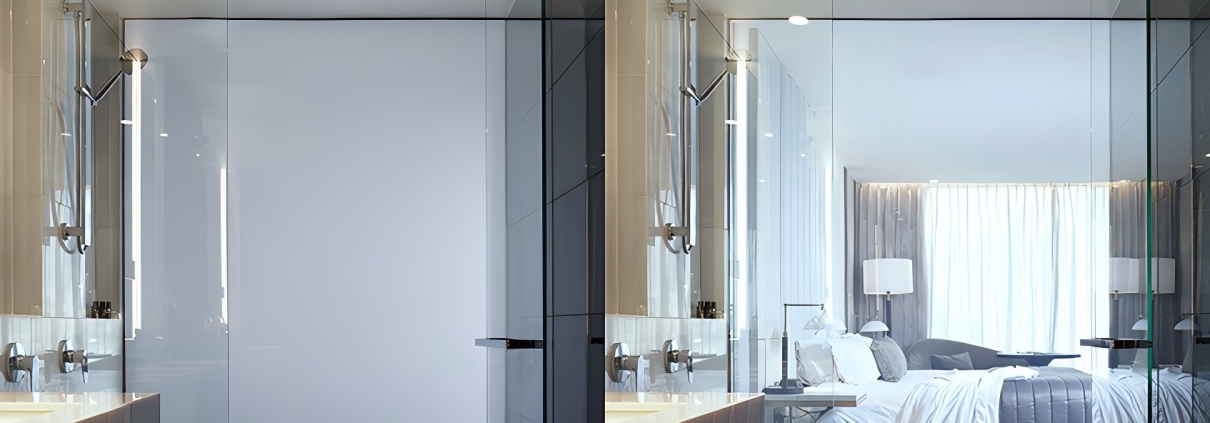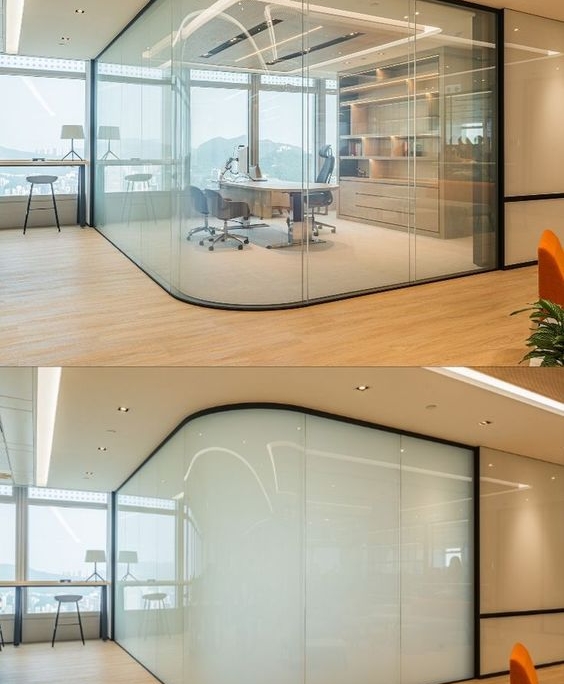Maximize Value—Choose Materials That Deliver
In architectural design, material selection impacts aesthetics, budget, and sustainability. While traditional materials (stone, wood, metal) remain popular, decorative glass usage in premium commercial projects surged by 27% in 2023
1. Cost Analysis: Upfront Investment vs. Lifetime Value
| Material | Initial Cost (USD/sqm) | 10-Year Maintenance | Cost Efficiency Score |
| Natural Stone | $110–210 | High (resurfacing needed) | ★★☆ |
| Solid Wood | $70–170 | Very High (weatherproofing) | ★★ |
| Metal Panels | $40–110 | Moderate (anti-rust care) | ★★★ |
| Decorative Glass | $85–280 | Low (stain-resistant) | ★★★★☆ |
Key Insight:
- Stone/wood require costly upkeep;
- Decorative glass with self-cleaning coatingsreduces long-term costs by 40%+.
2. Design Flexibility: From Limitations to Boundless Creativity
- Traditional Material Constraints:
- Stone: Random veining clashes with design themes;
- Wood: Size limits necessitate visible seams;
- Metal: Rigid forms create sterile environments.
- Decorative Glass Advantages:
- 1mm Precision Printing: UV technology replicates any artwork;
- Curved & Modular: Thermal bending enables arches/waves;
- Privacy + Light Control: Gradient frosted or smart glass hybrids.
Case Study: A museum’s 3D embossed glass façade dynamically projects exhibit patterns, becoming an urban landmark.
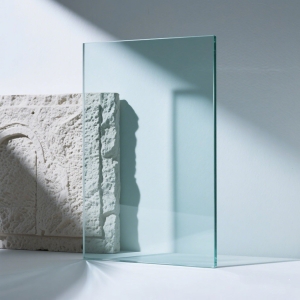
3. Sustainability: Aligning with Net-Zero Goals
- Stone/Metal: High extraction/processing emissions (stone transport = 35% carbon footprint);
- Wood: Chemical treatments pollute groundwater;
- Decorative Glass:
- 90% Recyclable: Crushed glass remelted endlessly;
- Energy Certified: Low-E glass cuts HVAC costs by 30% (ENERGY STAR® certified);
- Zero VOC: GREENGUARD Gold-certified for indoor air safety.
4. Safety: Shattering Myths About Glass Strength
| Risk Scenario | Traditional Materials | Decorative Glass Solution |
| Earthquakes/Impact | Stone cracks, wood splits | Laminated glass:The fragments adhere to the film without splashing |
| Fire | Wood ignites, metal conducts heat | Fire-rated glass: 1-hour resistance (GB 15763.1 certified) |
| Extreme Weather | Stone spalls in freeze-thaw cycles | Insulated glass: Stable from -58°F to 176°F |
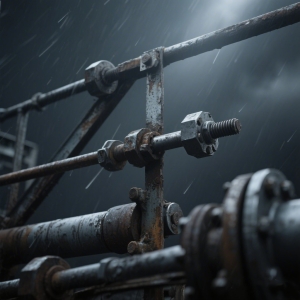
Expert Validation:
- Tsinghua University Lab tests: 12mm tempered glass withstands 120MPa bending stress—3x stronger than stone.
5. Value Boost: Transforming Spaces into Assets
- Rental Premium: Glass-centric offices command 15-20% higher rents (CBRE Report)
- Resale Advantage: Glass-clad buildings sell 30% faster;
- Brand Perception: 90% of consumers associate glass with modernity and trust (survey data)
Let Data Guide Your Decision
From cost efficiency to carbon neutrality, decorative glass redefines premium materials. Download the Decorative Glass vs. Traditional Materials Handbook for 20 verified datasets and a project ROI calculator.

